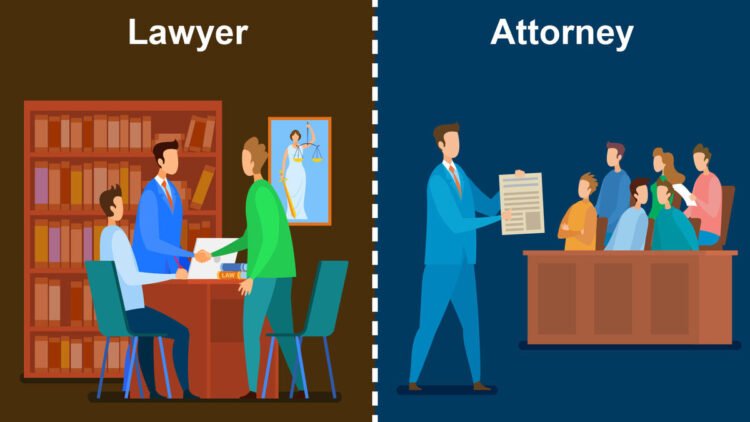
- Introduction
- Key Concepts of GDPR Compliance
- Implementing GDPR Compliance
- GDPR Compliance Table
- Conclusion
-
FAQ about GDPR Compliance
- What is GDPR?
- Who does GDPR apply to?
- What is personal data?
- What are the key principles of GDPR?
- What are the rights of individuals under GDPR?
- What are the penalties for non-compliance with GDPR?
- How can organizations ensure GDPR compliance?
- What are some tips for individuals to protect their personal data?
- Where can I get more information about GDPR?
- What tools and resources are available to help with GDPR compliance?
Introduction
Hey readers! Navigating the complexities of GDPR compliance can feel like a daunting task. But fear not, for this comprehensive guide will enlighten you with actionable information and insights to help you achieve compliance with ease.
GDPR, or General Data Protection Regulation, is a European Union law that aims to protect the privacy and rights of individuals regarding the processing and use of their personal data. By complying with GDPR, businesses and organizations can foster trust among their customers, avoid costly fines, and safeguard their reputation.
Key Concepts of GDPR Compliance
Data Protection Principles
GDPR revolves around seven fundamental principles that guide data handling:
- Lawfulness, fairness, and transparency
- Purpose limitation
- Data minimization
- Accuracy
- Storage limitation
- Integrity and confidentiality
- Accountability
Data Subject Rights
GDPR empowers individuals with extensive rights over their personal data, including:
- Right to access
- Right to rectification
- Right to erasure
- Right to restrict processing
- Right to data portability
- Right to object
Implementing GDPR Compliance
Risk Assessment and Gap Analysis
Conduct a thorough assessment of your data processing activities to identify potential risks and areas where you fall short of GDPR requirements.
Data Mapping and Inventory
Create a detailed inventory of all personal data you collect, process, and store. This helps you understand the flow of data and identify potential compliance gaps.
Data Security Measures
Implement robust security measures to protect personal data from unauthorized access, disclosure, alteration, or destruction. These measures include encryption, access controls, and regular security assessments.
Data Breach Management
Establish clear procedures for managing data breaches in accordance with GDPR requirements. This includes notifying affected individuals, regulatory authorities, and implementing remedial actions promptly.
Compliance Documentation
Document all aspects of your GDPR compliance efforts, including data protection policies, procedures, and training records. This documentation serves as evidence of your commitment to data privacy.
GDPR Compliance Table
| Requirement | Description |
|---|---|
| Lawful basis for processing | Obtain consent or meet other legal requirements for processing personal data. |
| Data minimization | Only collect and process data necessary for specific purposes. |
| Data subject rights | Provide individuals with access to and control over their personal data. |
| Data breach notification | Notify affected individuals and authorities within 72 hours of a data breach. |
| Consent | Obtain explicit, informed consent from individuals before processing their personal data. |
| Data Protection Officer (DPO) | Appoint a DPO to oversee GDPR compliance and advise on data protection matters. |
| Privacy Impact Assessment (PIA) | Conduct PIAs for high-risk data processing activities to assess potential data protection risks. |
Conclusion
GDPR compliance is not just a legal obligation but also a vital step towards building trust and protecting the rights of your customers. By following the guidelines outlined in this comprehensive guide, you can effectively implement and maintain GDPR compliance within your organization.
To further enhance your understanding of GDPR compliance, I invite you to explore our other informative articles and resources. Stay informed and empower your organization to navigate the ever-changing data privacy landscape with confidence.
FAQ about GDPR Compliance
What is GDPR?
The General Data Protection Regulation (GDPR) is an EU regulation that sets out the rules for the protection of personal data of individuals within the European Union (EU).
Who does GDPR apply to?
GDPR applies to any organization that processes personal data of individuals within the EU, regardless of the organization’s location.
What is personal data?
Personal data is any information that can be used to identify an individual, such as name, address, email address, or IP address.
What are the key principles of GDPR?
The key principles of GDPR include transparency, fairness, and accountability. Organizations must be transparent about how they process personal data, use it only for specified purposes, and take appropriate security measures to protect it.
What are the rights of individuals under GDPR?
Individuals have the right to access, rectify, erase, restrict processing, and object to the processing of their personal data. They also have the right to data portability.
What are the penalties for non-compliance with GDPR?
Organizations that fail to comply with GDPR may face fines of up to €20 million or 4% of their annual global turnover, whichever is higher.
How can organizations ensure GDPR compliance?
Organizations can ensure GDPR compliance by implementing a number of measures, such as conducting a data audit, appointing a data protection officer, and developing policies and procedures for the processing of personal data.
What are some tips for individuals to protect their personal data?
Individuals can protect their personal data by being mindful of the permissions they grant to apps and websites, using strong passwords, and being cautious about the information they share online.
Where can I get more information about GDPR?
You can find more information about GDPR on the website of the European Data Protection Board (EDPB): https://edpb.europa.eu/
What tools and resources are available to help with GDPR compliance?
There are a number of tools and resources available to help organizations with GDPR compliance, including data mapping tools, data protection impact assessment templates, and privacy management software.





